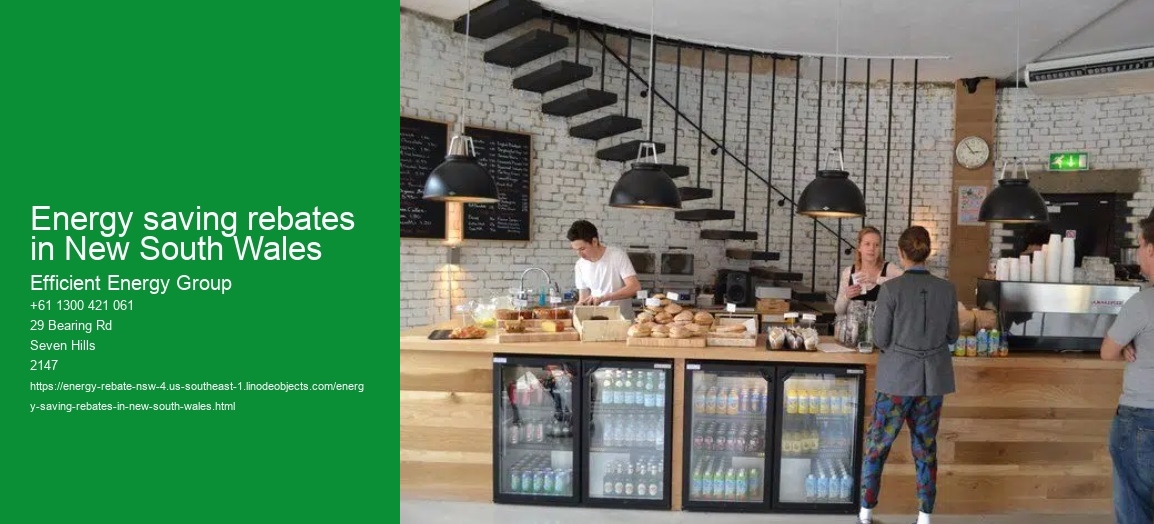Comprehending the NSW A/c Discount: A Comprehensive Guide
Introduction
In an era where climate modification is influencing weather condition patterns and making summer seasons hotter, a/c has ended up being much less of a deluxe and even more of a need. Hot water system rebate Nearby . Identifying this, the New South Wales federal government in Australia has executed a cooling refund program to help houses handle the expenses of remaining cool. This short article looks into the specifics of the NSW a/c discount, its advantages, qualification requirements, application process, and its total impact on residents and the setting.
The NSW Cooling Refund: A Review
The NSW air conditioning refund belongs to the federal government'' s campaign to provide monetary help to families for the setup and use of cooling units. This program intends to ease the financial concern of running air conditioners, especially throughout the optimal of summertime. It additionally motivates making use of energy-efficient designs, straightening with wider environmental goals.
Qualification Standards
To qualify for the refund, applicants should meet certain criteria:
Residency: Applicants have to be locals of New South Wales.
Revenue Examination: The discount is targeted at reduced to medium-income homes.
Energy saving rebates in New South Wales - heater
- energy saving
- hvac system
- solar panels
Air Conditioning Unit Specs: The air conditioning device have to meet particular energy efficiency requirements. Just models with a high power star rating are eligible.
Setup Requirements: The installation of the a/c unit should follow details standards and, in some cases, be done by certified specialists.
Energy saving rebates in New South Wales - heat pump
- heat pump
- ducted air
- energy saving
Applying for the NSW air conditioning refund includes numerous steps:
Confirmation of Qualification: Applicants need to first ensure they meet all the eligibility criteria.
Purchase and Setup of A/c Device: Eligible candidates can proceed to buy and install an accepted air conditioning system.
Documents: Maintain all invoices and paperwork of the purchase and installation.
Online Application: Complete the on the internet application offered on the NSW government internet site, connecting all necessary documentation.
Authorization and Discount Processing: Once the application is authorized, the rebate amount is refined and disbursed to the applicant.
The Discount Quantity
The discount quantity differs depending on several aspects such as the kind of a/c device, its energy performance ranking, and the candidate'' s revenue level.
Energy saving rebates in New South Wales - heater
- ducted air
- energy saving
- hvac system
Benefits of the Discount Program
Financial Relief: The most instant advantage is the economic relief it gives to families, making air conditioning much more affordable.
Motivating Energy Efficiency: By incentivizing the acquisition of energy-efficient designs, the program promotes ecological sustainability.
Wellness and Comfort: Cooling can be vital for health and wellness and comfort, specifically for prone populaces during extreme heat.
Boost to the Economic climate: The program can boost the local economic situation by enhancing need for air conditioning systems and setup services.
Environmental Effect
While a/c unit are essential for comfort, they can have environmental implications. The NSW cooling rebate program addresses this by:
Advertising Energy-Efficient Versions: Decreasing energy intake reduces greenhouse gas exhausts.
Enlightening Consumers: The program likewise functions as a platform to enlighten the general public regarding energy-efficient methods.
Challenges and Considerations
Regardless of its benefits, the discount program faces challenges:
Understanding: Ensuring that qualified homes are aware of the program is important.
Intricacy of Application: Streamlining the application procedure can motivate extra applications.
Stabilizing Need and Supply: The enhanced demand for a/c systems must be met without triggering rate inflation.
Future Potential customers
Looking in advance, the NSW cooling rebate program could expand or develop in numerous means:
Raised Financing: Additional financing can increase the discount quantity or number of beneficiaries.
More Comprehensive Eligibility Standards: Expanding qualification criteria might make the program accessible to extra households.
Including Renewable Energy: Future versions of the program might include rewards for devices powered by renewable resource resources.
Conclusion
The NSW air conditioning rebate program represents a significant action in the direction of making a/c extra inexpensive and ecologically lasting. By offering monetary help and advertising energy-efficient versions, the program not just assists homes in handling summertime warmth however likewise adds to wider ecological goals. As the program develops, it has the prospective to make an even more substantial impact on the lives of NSW locals and the atmosphere.
